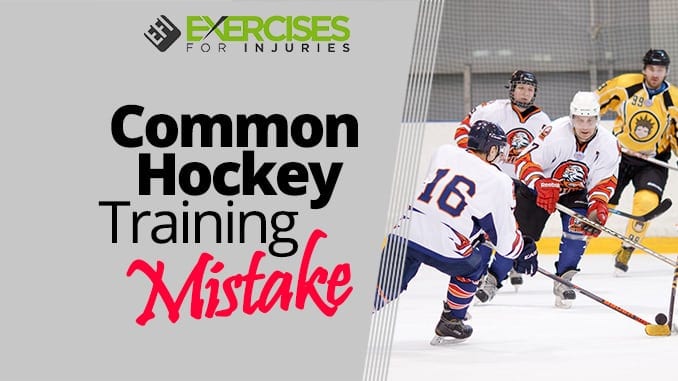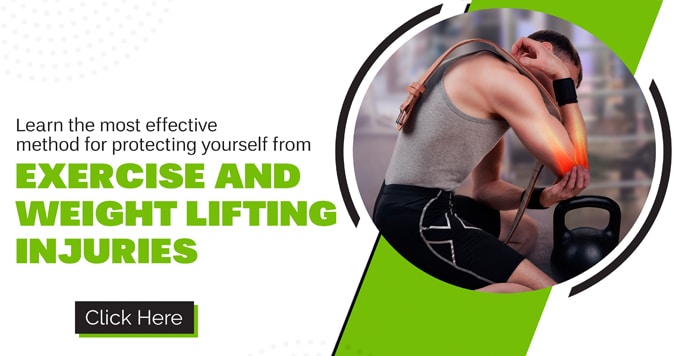
You can avoid making mistakes by learning about the most common hockey training mistakes. Instead, you can focus on ways to improve your game while saving money in the process. This article covers the most common hockey training mistakes and how you can avoid them with a little research and planning before hitting the ice again.
It is July, and I am talking about ice hockey.
I know, it is a little strange.
But I am from Canada, and we talk hockey 365 days a year.
When I go to my fitness mastermind meetings, I always talk hockey with Maria Mountain, who makes a lot of common hockey training mistakes.
In the video below, she shares a common hockey training mistake with you.
Rick Kaselj
I am down here in sunny and windy San Diego at a Fitness Mastermind. One of the members here is Maria Mountain, and I have seen her all over the place. I have seen her in Orange County, Costa Mesa, Vegas, and Vancouver, and we do a video when we see each other at the meetings.
We will do a video on hockey training and a mistake that hockey players make when it comes to training that leads to muscle imbalances and can increase the risk of injury.
Rick Kaselj: But first, I will get Maria to introduce herself, and we will talk about that mistake that leads to muscle imbalances.
Maria Mountain: Great, thanks, Rick. My name is Maria Mountain, and I am a strength conditioning coach specializing in training hockey players. My website is HockeyTrainingPro.com. That’s where you can find tons of hockey training tips.
Rick Kaselj: Okay. Early this morning, we talked about hockey training when we were having breakfast with the rest of the group.
And the mistake that you often see hockey players make when it comes to their training is they often focus too much on one thing and should focus on another. Maybe you can explain that a little bit more.
Maria Mountain: Yeah. The mistake that I see that a lot of players do and you are trying to do the right thing because you are thinking, “Okay, I want to be a more powerful skater,” “I want to be more stable on my feet” or “I want to be more explosive.” Hence, you train a lot of that stride movement which is hip extension and abduction. You overtrain that which neglects your adductors, your growing muscles.
You tend to stretch adductors because they feel tight, and then you tend to strengthen the muscles on the other side when they need to be strong. They do need flexibility, but they also need to be strong. They need to learn to work together as part of the system and not just be weak and flexible.
So think of your training as not just pushing but also pulling that leg back in. Just think of the recovery on your strides, so you take a nice powerful pushing you recover that leg.
A really simple exercise that anyone can do with a bungee or a cable just being attached around your ankle is doing a sort of a pull-in, so a recovery stride against resistance, which would help build some strength functionally, you know, as adductor muscles.
Rick Kaselj: Okay, awesome. Where can people get more information about you, Maria?
Maria Mountain: The best place to go is HockeyTrainingPro.com. There is tons of stuff up there, some goal-specific stuff and skater’s specific stuff. So you can look up whatever applies to you.
Rick Kaselj: Awesome. So this is Rick Kaselj and Maria coming to you in San Diego.
If you are looking for an amazing resource for muscle imbalances, check out Muscle Imbalances Revealed.
Rick Kaselj, MS


